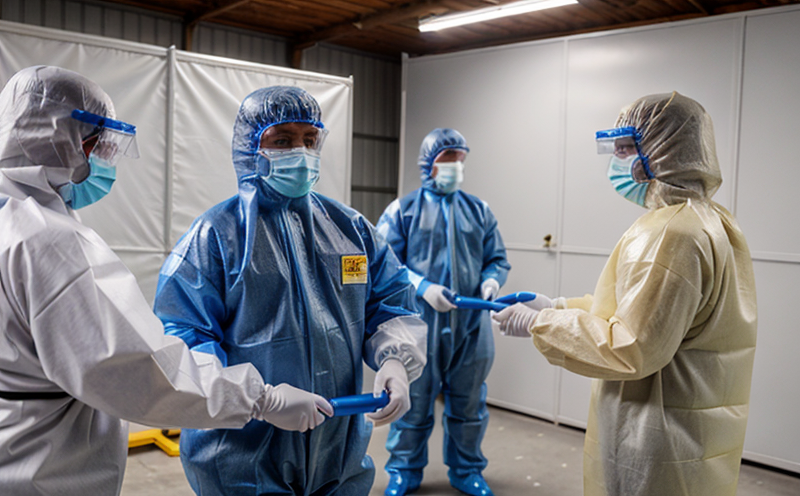Moisture vapour transfer evaluation of waterproof protective jackets
In the textile industry, particularly within the protective clothing sector, moisture vapour transfer (MVTR) is a critical property that ensures the comfort and safety of workers. Waterproof protective jackets must balance the impermeability to water with the ability to allow sweat and heat to escape, thus maintaining an optimal microclimate for the wearer.
The evaluation of MVTR in waterproof protective jackets involves several key factors: the type of fabric used (e.g., breathable membranes), the design of the garment, and the testing methodologies employed. The primary objective is to determine how effectively a jacket allows moisture vapour to pass through while preventing liquid water from entering.
Testing for MVTR typically follows international standards such as ASTM F1868-20, ISO 13934, and EN ISO 17587. These standards provide precise protocols that ensure the reliability of test results across different laboratories. The tests are conducted under controlled conditions to simulate real-world scenarios, ensuring accurate assessment of a garment's performance.
For quality managers and compliance officers, understanding MVTR is crucial for meeting regulatory requirements such as those set by OSHA (Occupational Safety and Health Administration) in the United States or similar bodies worldwide. R&D engineers focus on improving fabric technologies to enhance both waterproofing and breathability. Procurement teams look at supplier data to ensure that purchased garments meet these stringent criteria.
| Standard | Year Published | Description |
|---|---|---|
| ASTM F1868-20 | 2020 | Metric test method for determining the water vapor permeability of fabrics. |
| ISO 13934:2007 | 2007 | American Society for Testing and Materials standard for measuring water vapour transmission rate (WVTR). |
The testing process involves conditioning the specimen to a specific humidity level, placing it in a climate chamber with controlled temperature and relative humidity. The specimen is then exposed to a steady flow of air, and the amount of moisture vapour that passes through the fabric over time is measured.
Applied Standards
| Standard | Application Example |
|---|---|
| ASTM F1868-20 | MVTR testing of medical gowns in healthcare settings. |
| ISO 13934:2007 | Evaluation of MVTR for industrial workers' protective gear. |
Industry Applications
- Military personnel in hot climates.
- Pipeline workers exposed to harsh weather conditions.
- Critical care nurses handling infectious materials.
- Firefighters operating in high-risk environments.





